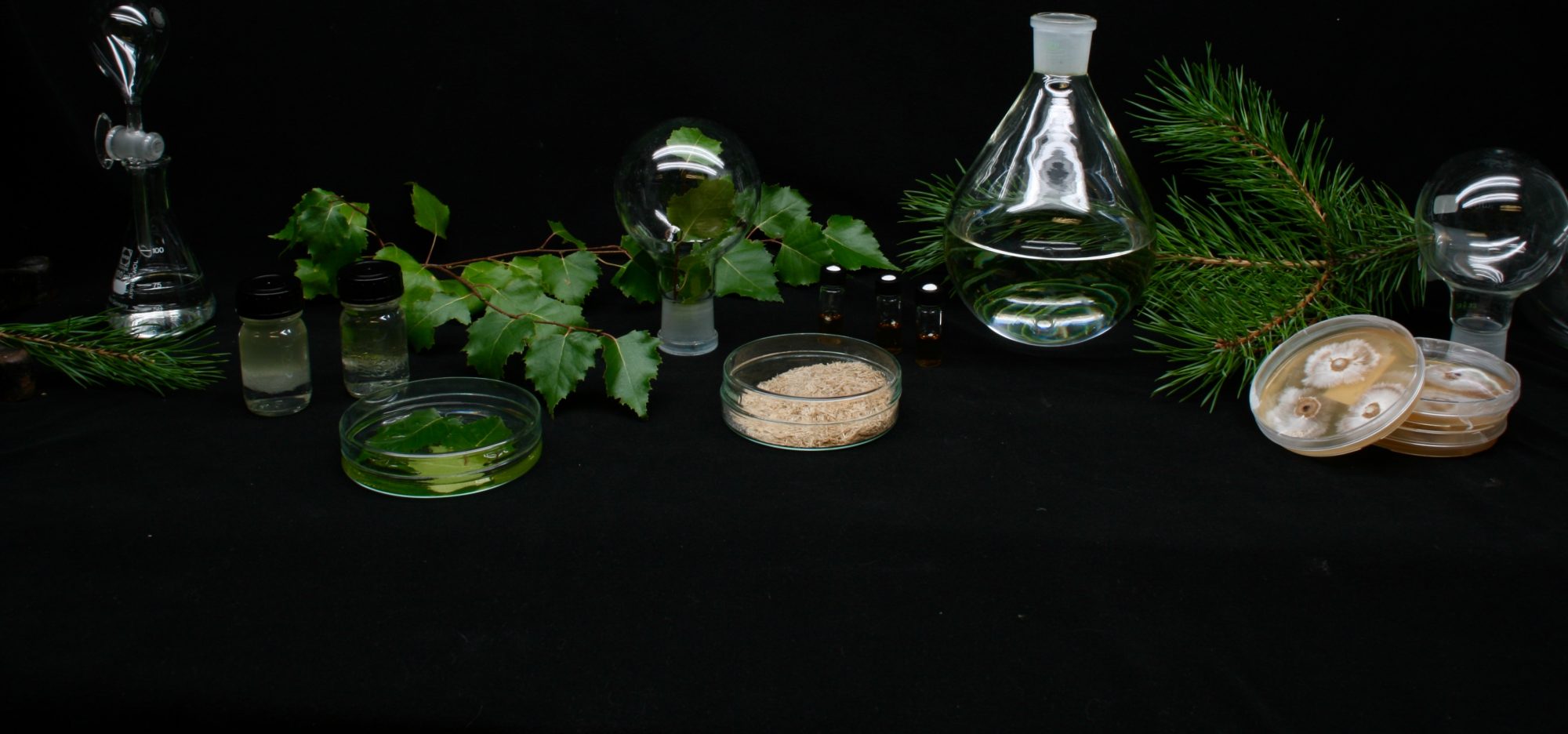Between November and December 2020 our FoMSci group has received four new grants: three to Fabio Valoppi (iOLEO, ENGEL, and iFOOD), and one to Thao Minh Ho (FinPowder).
Fabio’s projects: The iOLEO and ENGEL projects, funded by the University of Helsinki three-year research grant scheme (7% success rate – only 9 projects were funded among 128 submitted) and the Jane and Aatos Erkko Foundation, respectively. These projects aim to develop new oleogels with body weight managing abilities unlocking the potential of oleogels as multi-functional fat substitutes. Mr. Tiago Pinto has been selected and hired as a new PhD student in the iOLEO project and will begin his work in April 2021. For the other project, ENGEL, we are currently in the process of hiring a postdoctoral researcher. The iFOOD project, funded by HELSUS, aims to develop a new digital tool to simulate mechanical properties of food products using finite element method simulation. This project is based on the existing and fruitful collaboration between FoMSci and the Electronics Research Laboratories (ETLA) also from the University of Helsinki.
Thao’s project: The FinPowder project, funded by the Finnish Natural Resources Research Foundation, aims to design powder particles to protect functional compounds of wild berry during spray drying. These coating materials originate from sustainable and natural sources that are extremely low in calories and cost, namely wood-based celluloses and hemicelluloses. Mr. Abedalghani Halahlah has been selected and hired as our new PhD student to work in the FinPowder project and will join the FoMSci group within a couple of months. Abedalghani will be co-supervised by Associate Professor Kirsi Mikkonen and Dr. Thao Minh Ho, in collaboration with Professor Vieno Piironen.
The cherry on the cake is that thanks to these new projects, our group will now be able to purchase a brand-new lab scale spray dryer!
Even though 2020 has been a tough year, we ended it in the best way possible with new funding, new people joining FoMSci, and new equipment. Writing proposals can be very energy demanding, but the doors that these new projects will open make it worth all the effort we put in during the writing process.
2021 has already started, and new and exciting times are waiting for us ahead!










